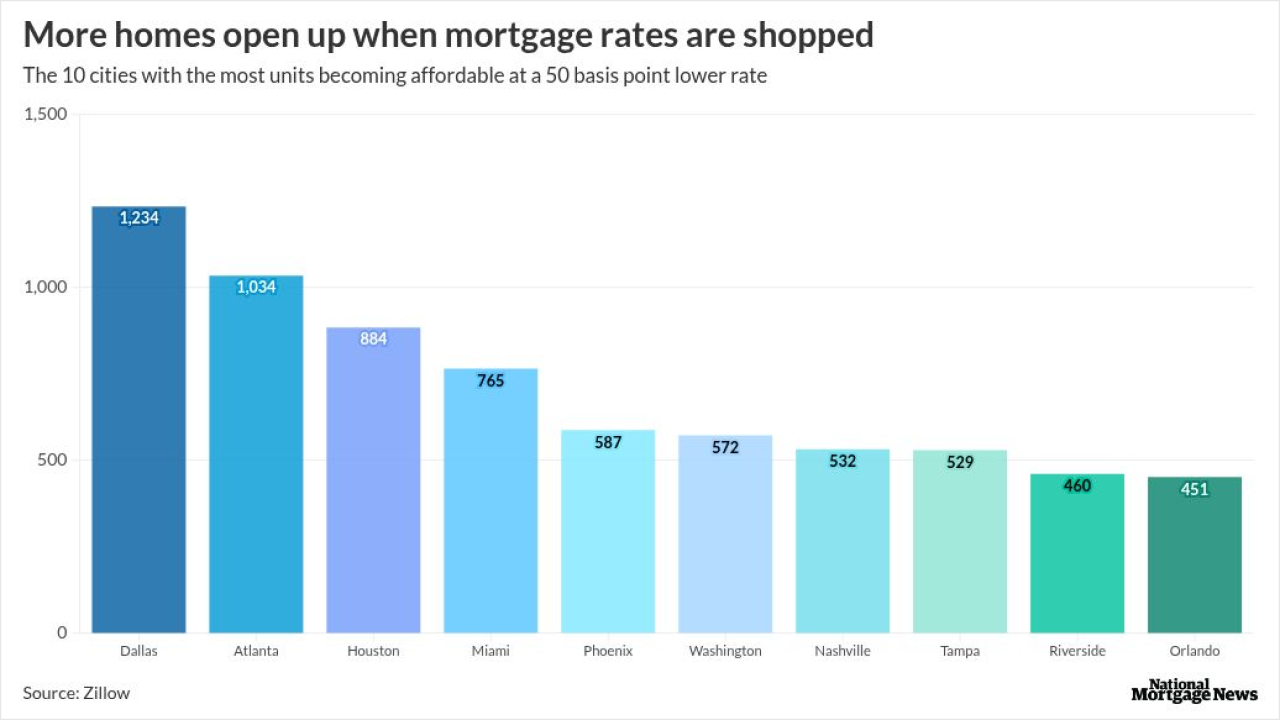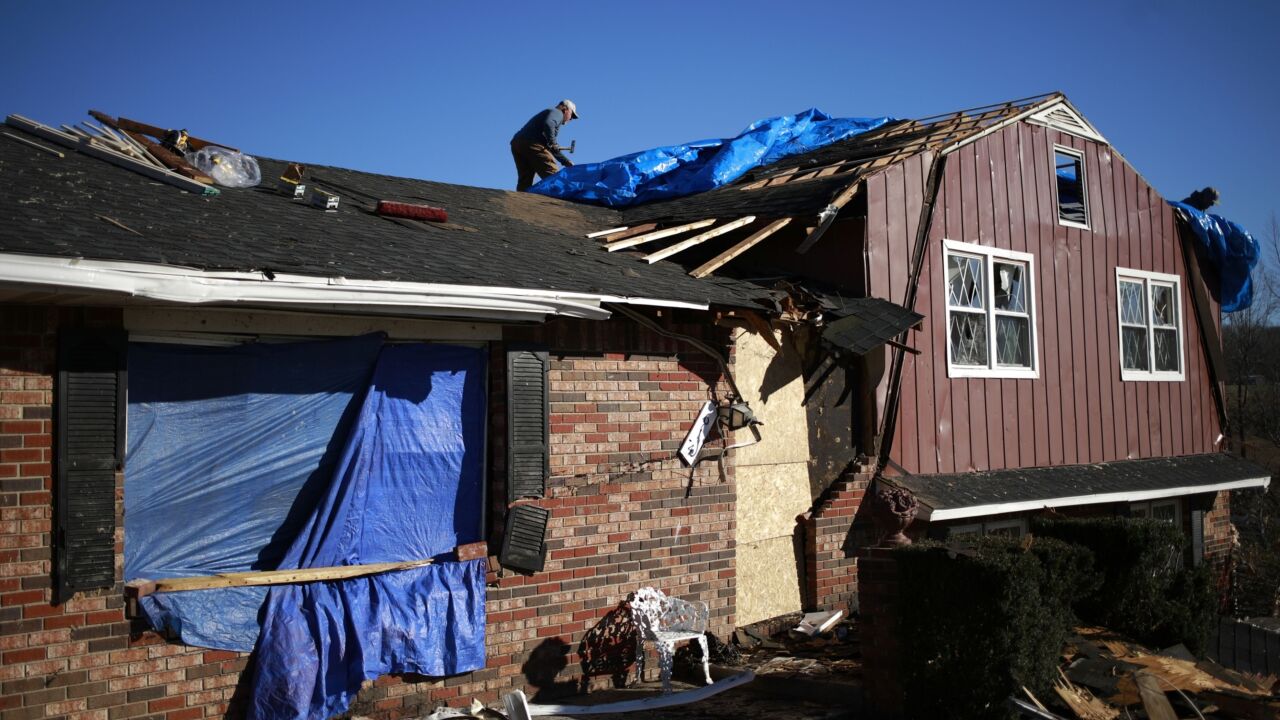Sales of previously owned homes fell short of a 5 million annual rate in February for a second month, showing an industry struggling to gain traction amid rising prices and a lack of inventory.
Closings, which usually take place a month or two after a contract is signed, rose 1.2% to a 4.88 million annual rate, the National Association of Realtors reported Monday in Washington. The median value of a house climbed 7.5% from the same month last year while the number of properties on the market was little changed.
Prices that are rising faster than incomes, still-tight borrowing standards and a lack of properties from which to choose are preventing Americans from taking advantage of mortgage rates that remain near historical lows. Further labor- market gains and a loosening of credit rules might help offset these hurdles as the busiest time of year for real-estate agents approaches.
"There are issues in terms of affordability and credit is still pretty tight for a lot of consumers, particularly those at the mid to low end of the scale," Scott Brown, chief economist at Raymond James & Associates Inc. in St. Petersburg, Fla., said before the report. "We should see credit getting somewhat easier in the months ahead."
The median forecast of 77 economists surveyed by Bloomberg called for sales to pick up to a 4.9 million annual rate. Estimates ranged from 4.65 million to 5.06 million.
The median price of an existing home rose to $202,600 from $188,400 in February 2014, the report showed. The 7.5% increase over the past 12 months was the biggest in a year.
Price gains of this size at this point of the housing rebound "are unhealthy for the market," Lawrence Yun, NAR chief economist, told reporters as the figures were released.
One reason property values are escalating is because there aren't many homes from which to choose. There were 1.89 million houses on the market at the end of the month, down 0.5 percent from the same month last year.
"It's all about inventory," said Yun. "If we had more inventory, it would restrain price growth."
At the current sales pace it would take 4.6 months to run through the inventory, the same as in January. Six to seven months is considered more normal, Yun said.
Sales of existing single-family homes climbed 1.4 percent to an annual rate of 4.34 million. Purchases of multifamily properties — including condominiums — were little changed at 540,000 pace.
Purchases increased in two of four regions, led by a 5.7% gain in the West. Sales dropped 6.5% in the Northeast and were little changed in the Midwest, indicating harsh winter weather limited activity, said NAR's Yun.
Last month, the eastern seaboard saw below-normal temperatures from Atlanta to New York and record snowfalls in New England. The National Oceanic and Atmospheric Administration's data showed the snowiest month on record for Boston, while record-low temperatures for any February were reached in Chicago, Buffalo and Cleveland.
Rising prices are also starting to drive away investors, who accounted for 14% of contracts last month, down from 17% in January and 21% a year ago.
Beyond severe weather, robust payroll gains and still-cheap borrowing costs should help offset weak wage growth as Americans consider big-ticket purchases.
Employers added more jobs than forecast in February and the unemployment rate dropped to 5.5%, the lowest in almost seven years. The 295,000 gain last month was stronger than the 259,670 monthly average in 2014 that was the best labor-market performance since 1999.
The average 30-year, fixed-rate mortgage dropped to 3.78% in the week ended March 19, close to the 3.31% rate in November 2012 that was the lowest in data back to 1971, according to Freddie Mac data.
Household incomes have been slower to gain ground. Average hourly earnings rose 2% in February from the same time last year, less than projected and matching the increase on average since the expansion began in mid-2009.
Lennar Corp., the Miami-based homebuilder, sees more slow and steady healing this year in the market.
"We are still in the early stages of a protracted, slower- than-history-would-suggest housing recovery, and an early read from this year's spring selling season suggests that the market is continuing to improve at a very steady pace," Chief Executive Officer Stuart Miller said on a March 19 earnings call. "The mortgage market is loosening incrementally with time and enabling more demand to be realized."
Existing home sales, which are tallied when purchase contracts close, account for more than 90% of the residential market. A timelier barometer is new-home purchases, because they are tabulated earlier in the process, when deals are signed. They constitute about 7% of the market.
Economists project those sales fell to a 465,000 pace in February after 481,000 the prior month, according to the Bloomberg survey median ahead of Tuesday's report from the Commerce Department.





